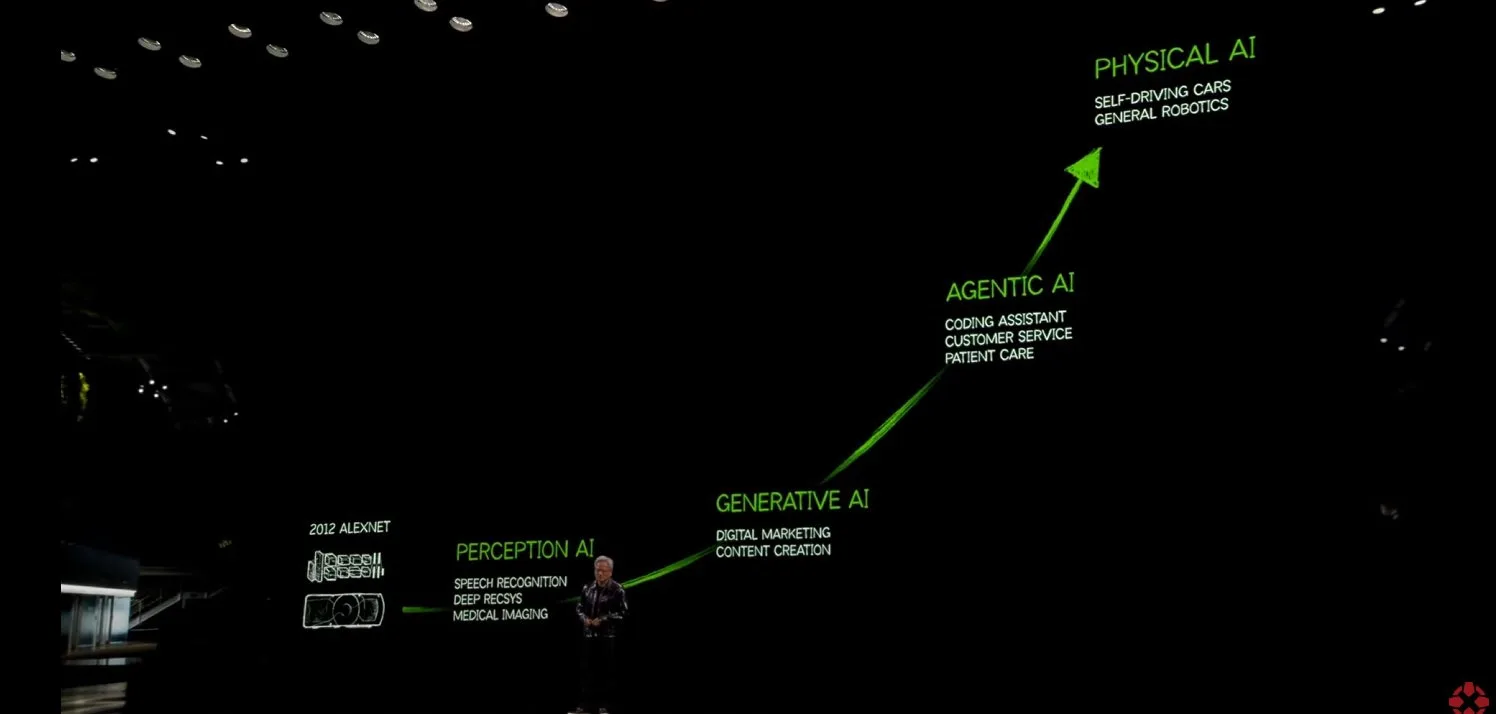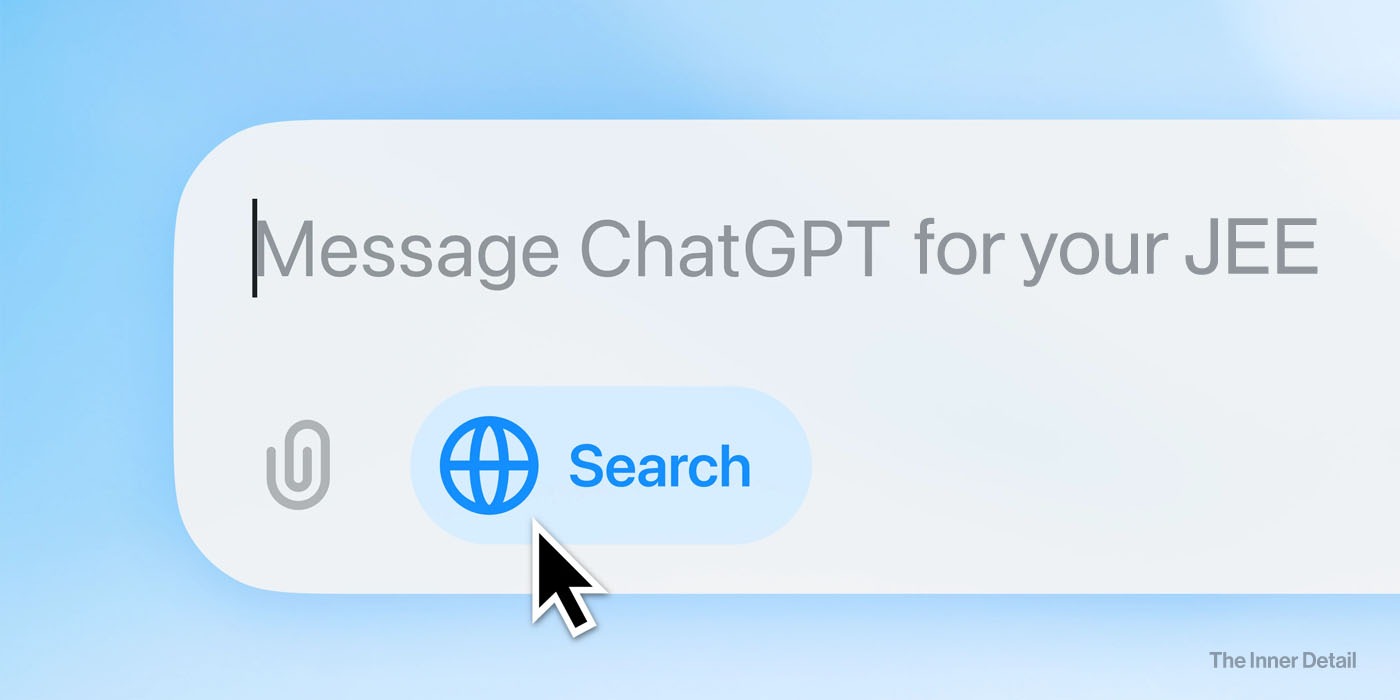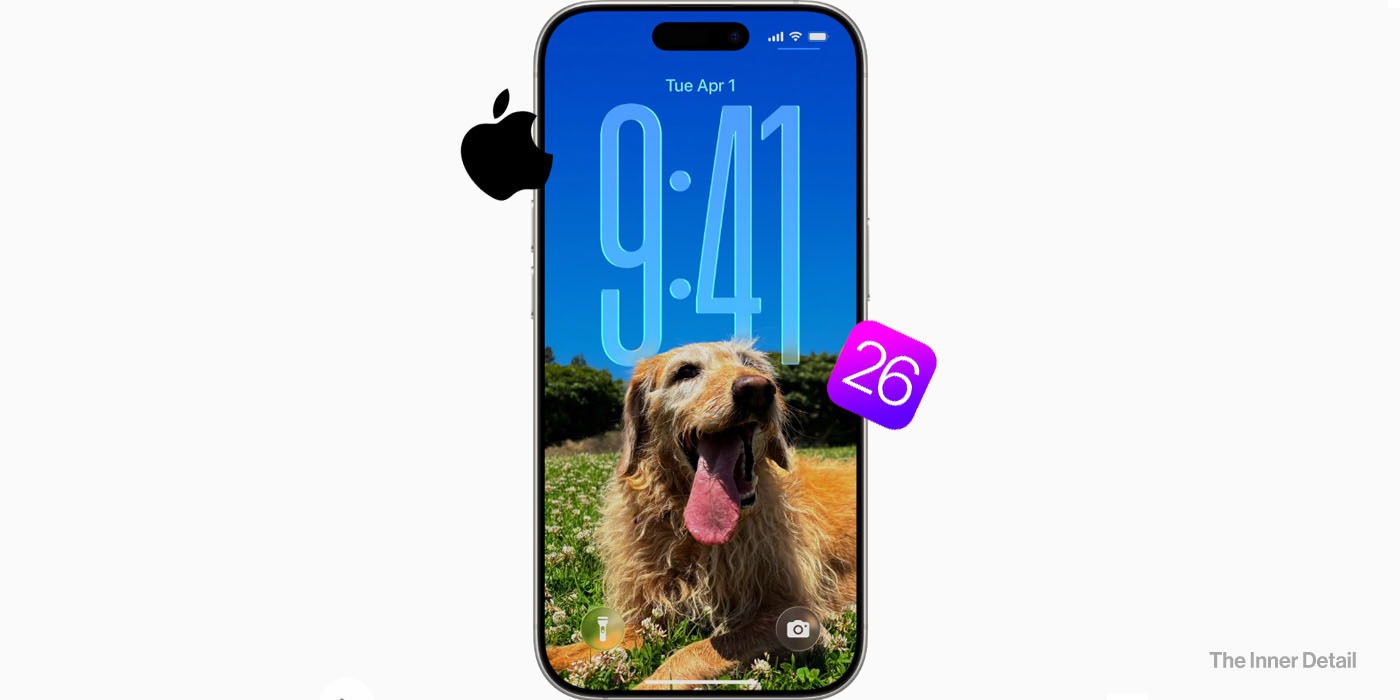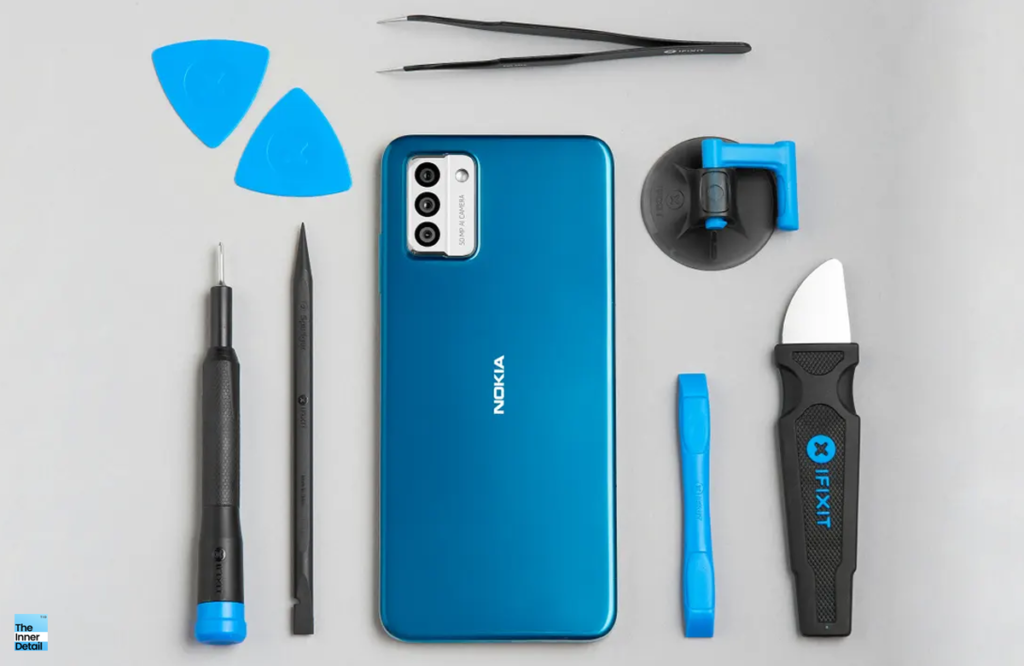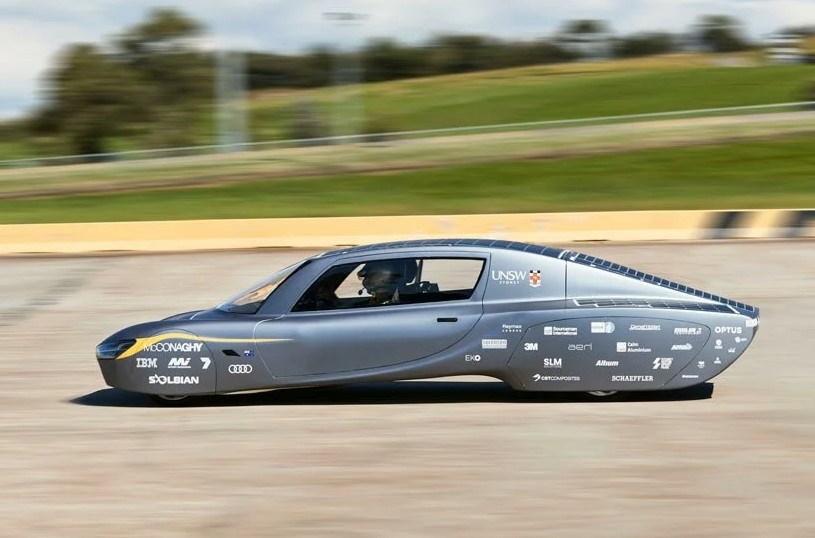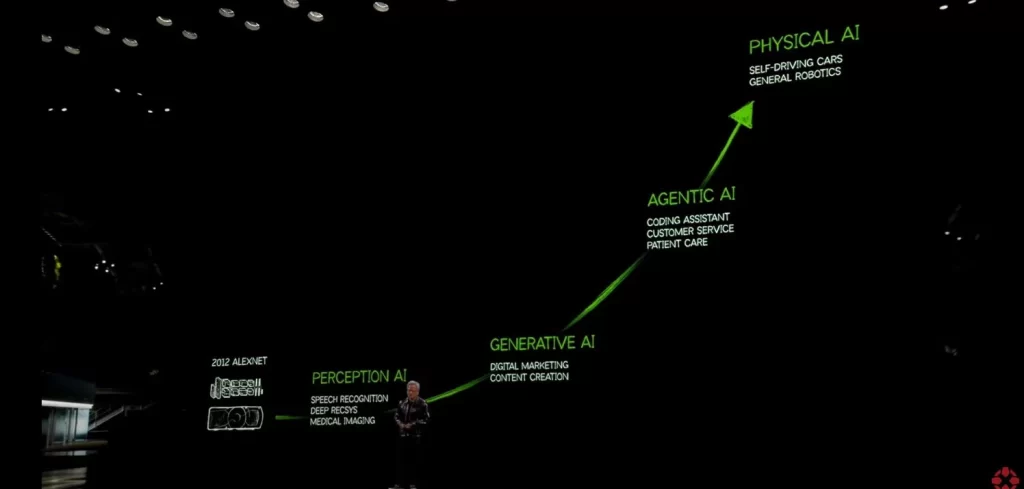A day outside your door, to the city, on busy roads is cacophonous, no matter how productive it is to be social. Vehicles horn for no reason, advertisement speakers alarm out, and the funniest & worst is police-officer shouting to take away the car beside you, which you don’t even own. Often you would feel to have a pleasant atmosphere, out of no noise, that’s why restaurants & cafes are doing great now.
At home too, family members hinder to volume down, when you want a rock song to just overwhelm the home. Such incidents may no longer prevail, thanks to this new innovative model of beaming sound straight to your ears, without headphones.
Holoplot’s New Era of Audio!
A Berlin based startup named Holoplot, has been working on kinda problems for years and finally the test becomes positive. Aiming to create unique experiences of sound, Holoplot marches to beam a specific sound to specific field-area, which explains targeting audio to certain listeners, regardless of the competing sounds. No earpieces like earphones or airpods and no extra devices, but just audio waves beamed, like the way of laser.
Sounds crazy, isn’t it? But, truth is immutable.
Holoplot utilizes 3D beamforming technology and smart algorithms to create transformative sound experiences. The technology could generate multiple sound fields simultaneously, each featuring its own content, equalization, level, shape and position, an approach to create multiple sound experiences in a single room. Like Walkman was a new era back in 1980s, rendering a portable & handy mp3 player, Holoplot is believed to be this decade’s contemporary era of audio.
In demos, Holoplot beams two sets of audios to two different people, standing shoulder to shoulder, with a foot away. The audios were different, and one couldn’t hear the one beamed to another. While occasionally, one could hear a small spillover, like the unclear voices from the headphones of a person next to you, for most part, these sounds are limited to the intended listener.
“We can create different zones so that, as you’re walking through — for example — a theme park installation, you might have one corner where you can hear animals such as lions,” Roman Sick, CEO of Holoplot, told Digital Trends. “Then you walk a few meters and suddenly you’re in a very different space, [and now you can hear] water. Or you could have a very personal, targeted voice explaining to you something that you’re looking at [in a museum setting].”
The tech behind it – Beamforming & Interference
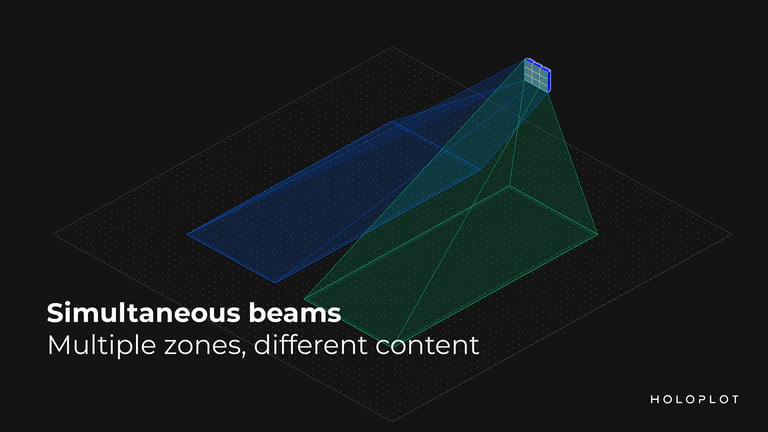
Beamforming tech has been prevailing for years, incorporated in antennas, sonar and even in high-end headphones. Like the latest earphones able to eliminate background noise when picking up a voice signal, and Apple’s HomePod Smart Speaker, which used it to provide a better quality of music playback experience for the listener, beamforming was existing indirectly for years.
Further behind beamforming, interference forms the base, the same which is texted in your 12th std books – ‘wave overlapping causing constructive and destructive interference’. Filippo Fazi, a professor with Signal Processing, Audio and Hearing Group at the Institute of Sound and Vibration Research in the U.K.’s University of Southampton, “An instant snapshot of the sound field generated by a loudspeaker can be physically interpreted as a spatial pressure pattern, with alternating zones where the air pressure is either slightly above or below the atmospheric pressure”.
As sound said, to be a variation of pressure in space & time, it’s been possible to create an acoustic pressure at a specific point in space, formally “constructive interference” to maximize the sound pressure level at that point in space.
Trial at Germany’s busiest Train Station
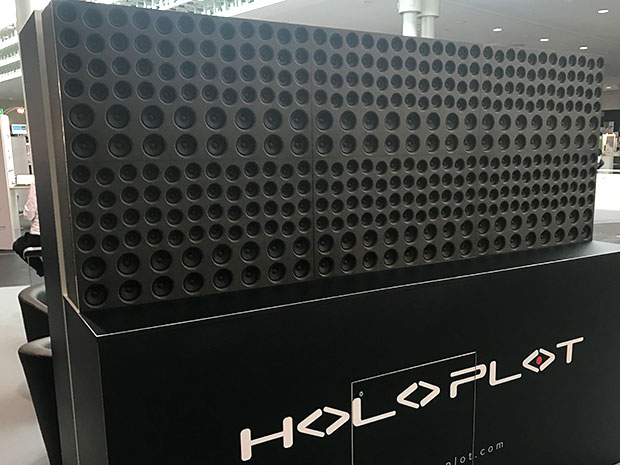
Holoplot’s technology takes beamforming tech and demonstrates it on an impressive scale. A couple of years back, a trial of its technology was carried out at Frankfurt Central Station, the busiest train station in Germany. Visitors reaching the bottom of an escalator suddenly heard clear instructions telling them where they should go next. People just a couple of feet behind them heard no such message — although the hearer was none the wiser about this fact.
Read this: Google Wearables – From Smart Watch to Tattoos!
“Interestingly, the person that is receiving the sound doesn’t always know that not everyone else is having the same experience,” Sick continued. “Because that is so [clear] they think that all the people next to [them] have received the same. But, really, it’s only them or a small group of people that have received the audio signal. Others might have received something else or nothing at all.”
How impressive is this?
Sound Beamforming is quite alluring to every place / situation, being able to create different audio bubbles in a small locale. Say, a driver in a car alone, could hear the navigations from google maps while the rest enjoy the music passing the travel. Its just, the area is audio-enabled and if you pop your head into that area, you would too hear that sound.
“You can create completely new experiences, some of which we probably don’t even know about yet”, Roman Sick, CEO of Holoplot says.
References:

